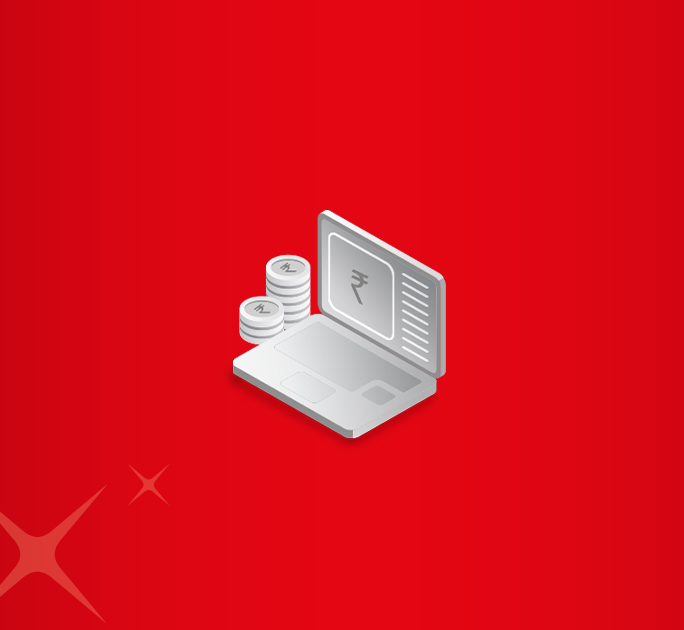- Save
- Invest
- Borrow
- Pay
- More
- Customer Services
How To Use Fixed Deposits for Retirement
Planning for retirement is a crucial aspect when it comes to managing your finances, ensuring that you maintain a comfortable lifestyle even after you stop working. One of the most effective tools in your retirement planning toolkit can be fixed deposit (FD). The benefits of fixed deposit options are manifold, providing a secure and predictable way to grow your savings over time. Especially for those nearing retirement, fixed deposits offer stability and peace of mind, making them an ideal choice to anchor your retirement income strategy.
The Need for Stability in Retirement Income
As you approach retirement, it becomes increasingly important to shift focus from wealth accumulation to wealth preservation. FDs provide a low-risk, stable investment option that can form the bedrock of your retirement portfolio. They allow you to predict exactly how much you’ll earn by the end of the deposit term and provide fixed return, aiding in more precise financial planning.
Why Choose Fixed Deposits for Retirement?
- Security: Fixed deposits offer guaranteed returns, irrespective of market volatility, making them a safe haven for your savings.
- Predictability: With fixed deposit interest rates, you know exactly how much you will earn, helping you plan your financial future with certainty.
- Flexibility: They come with various tenure options, allowing you to ladder your investments to create a steady stream of retirement income.
- FDs for All Ages: From young savers to retirees, different schemes cater to varied needs, ensuring that your investment goals are always supported.
One key thing to keep in mind: Breaking your FD before maturity may come with penalties, so it's wise to have other sources of emergency funds in place.
Also Read:- Importance of Retirement Planning
How to Incorporate Fixed Deposits into Your Retirement Plan
Fixed deposits can be a dependable source of income in retirement when planned strategically. Here's how you can include them in your overall financial plan:
1. Determine Your Financial Needs
Start by assessing how much annual income you’ll need during retirement. Consider your lifestyle goals and any additional expenses like healthcare or travel. This will help you determine the principal amount needed to invest in fixed deposits to generate sufficient returns. Use our FD Calculator to help you decide how much you wish to save and for how long it would take to achieve your desired financial returns.
2. Choose the Right Tenure
Fixed deposits can vary in duration from a few months to several years. Opt for a combination of short-term and long-term deposits to balance liquidity and returns. Short-term deposits provide flexibility, while long-term deposits often offer better interest rates, enhancing benefits of fixed deposit options as a whole.
3. Take Advantage of Senior Citizen Schemes
If you’re over the age of 60, banks often offer higher interest rates on FDs to senior citizens. DBS Bank, for example, provides tailored solutions for seniors, ensuring they maximize their returns. These offerings can significantly boost your retirement income and provide better security for your golden years.
4. Consider the Interest Payment Options
Fixed deposits offer different interest payout options. You can either choose cumulative FDs, where the interest is added to the principal, compounding annually, or non-cumulative FDs, where interest is paid out monthly or quarterly. Decide based on whether you need regular income or want to grow your savings.
5. Ladder Your Investments
Laddering involves spreading your fixed deposit investments across different maturity periods. This strategy mitigates interest rate risk and maintains a balance between liquidity and income flow. As each FD matures, you have the option to reinvest at current interest rates, potentially increasing your overall returns.
Also Read:- What is the Minimum Period of Fixed Deposit
DBS Bank: Your Partner in Retirement Planning
DBS Bank stands out as a reliable partner in helping you achieve your financial goals. With a wide range of fixed deposit options, we cater to varied needs, ensuring that your retirement planning is as smooth and efficient as possible.
- Large Presence: With a presence in 350+ cities and 500+ branches across India, DBS Bank is always within your reach - offering easy access and trusted service wherever you are.
- Competitive Interest Rates: Benefit from some of the most attractive FD rates in the market, especially tailored for senior citizens who can enhance their retirement income.
- Convenient Digital Access: Manage your deposits through our easy-to-use DBS digibank app, offering flexibility and control over your investments.
Conclusion
Incorporating fixed deposits into your retirement plan creates a strong basis for ensuring your future financial security. The benefits of fixed deposit accounts are clear: they offer stability, security, and predictability-key elements needed to ensure that your golden years are financially comfortable.
With DBS Bank’s dedicated support and attractive FD interest rates, as well as recurring deposit and savings account interest rates, planning for a reliable retirement income has never been easier.





